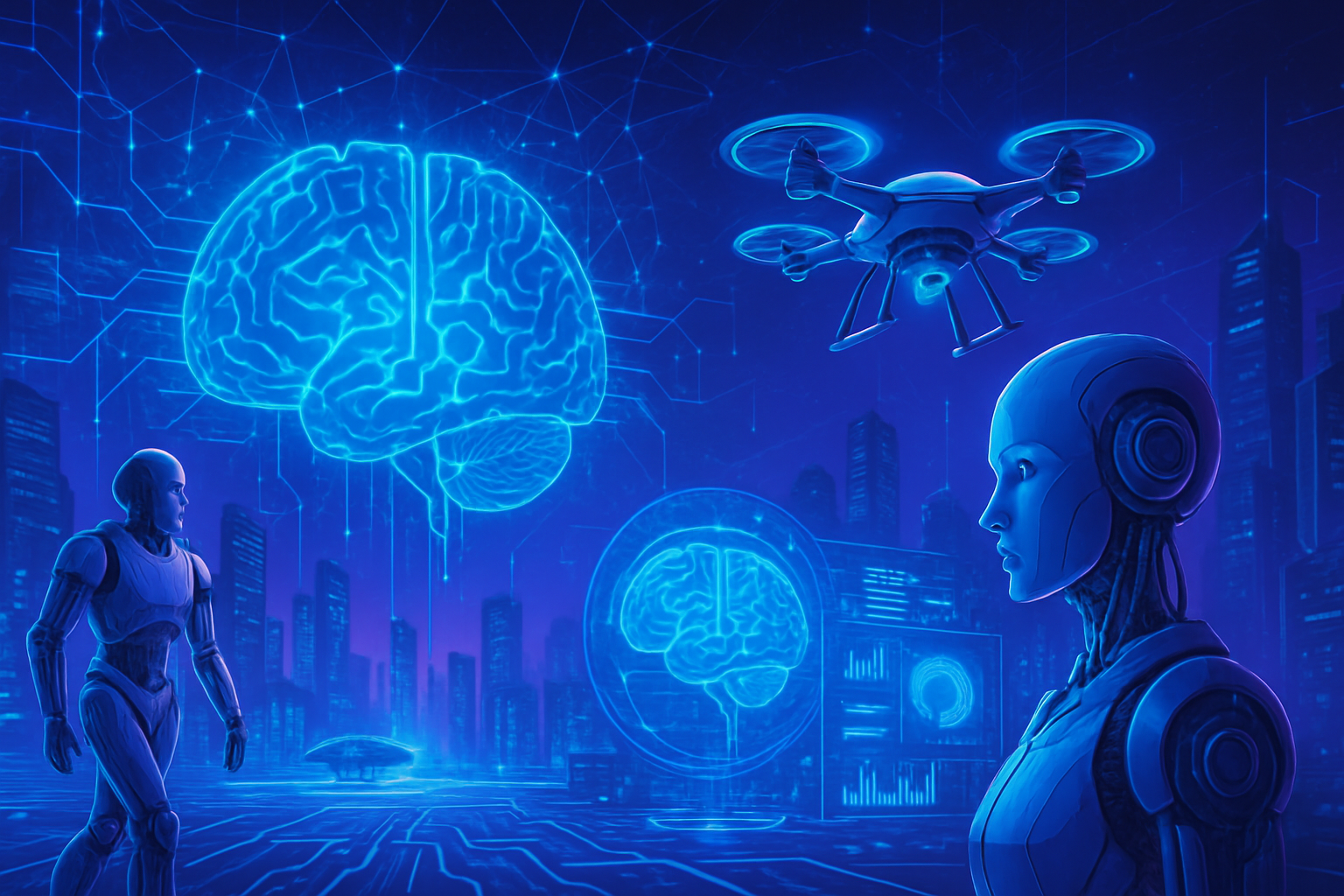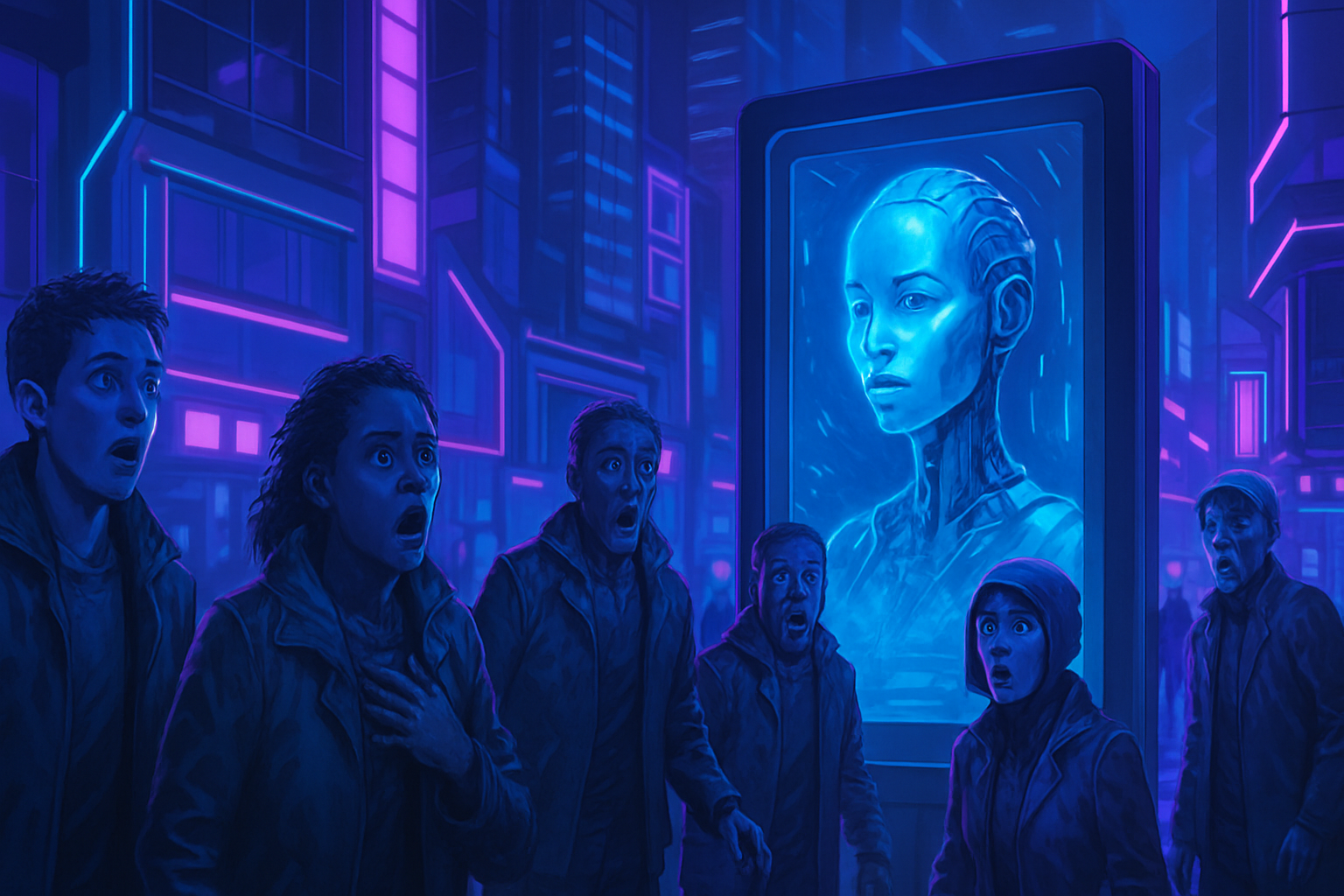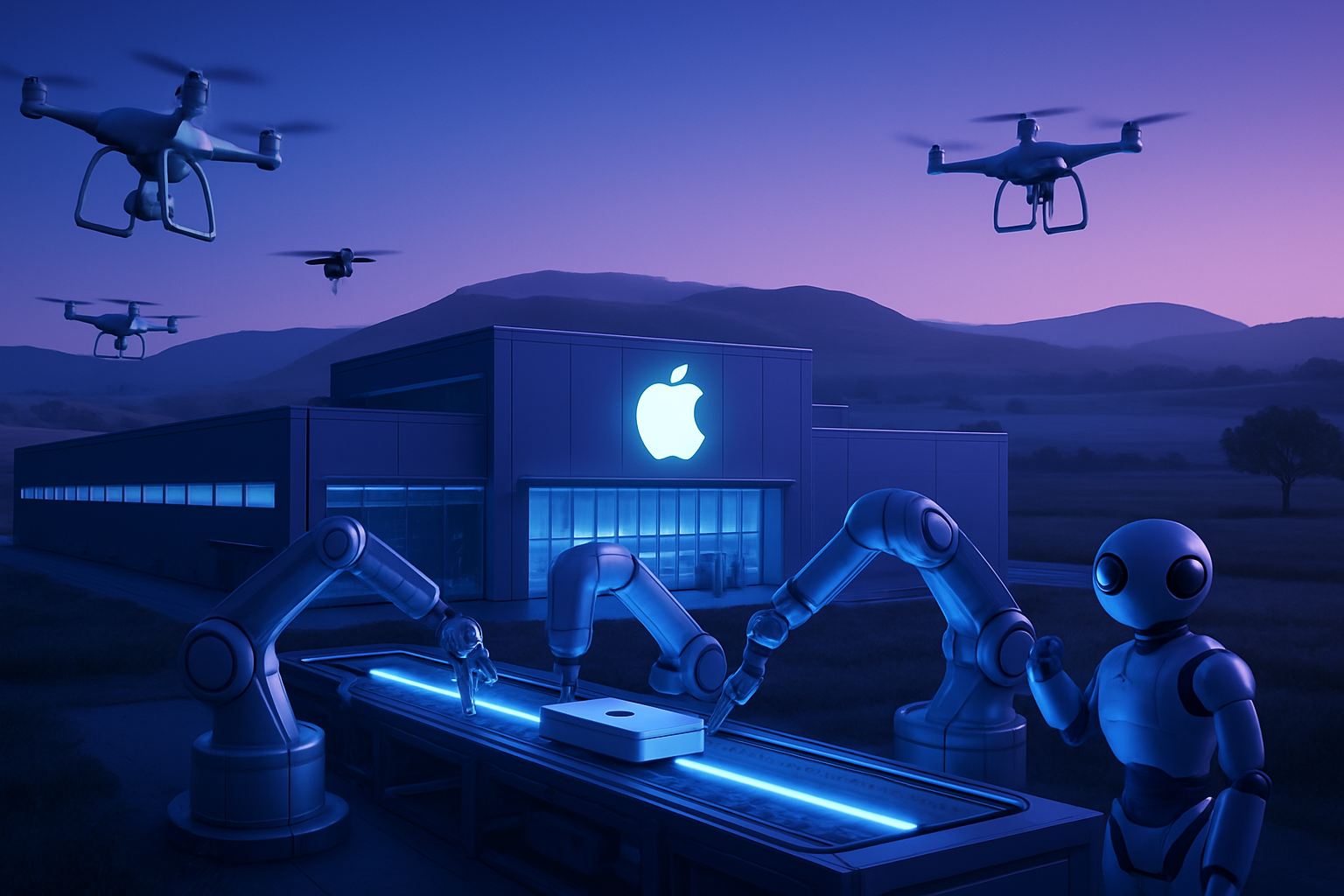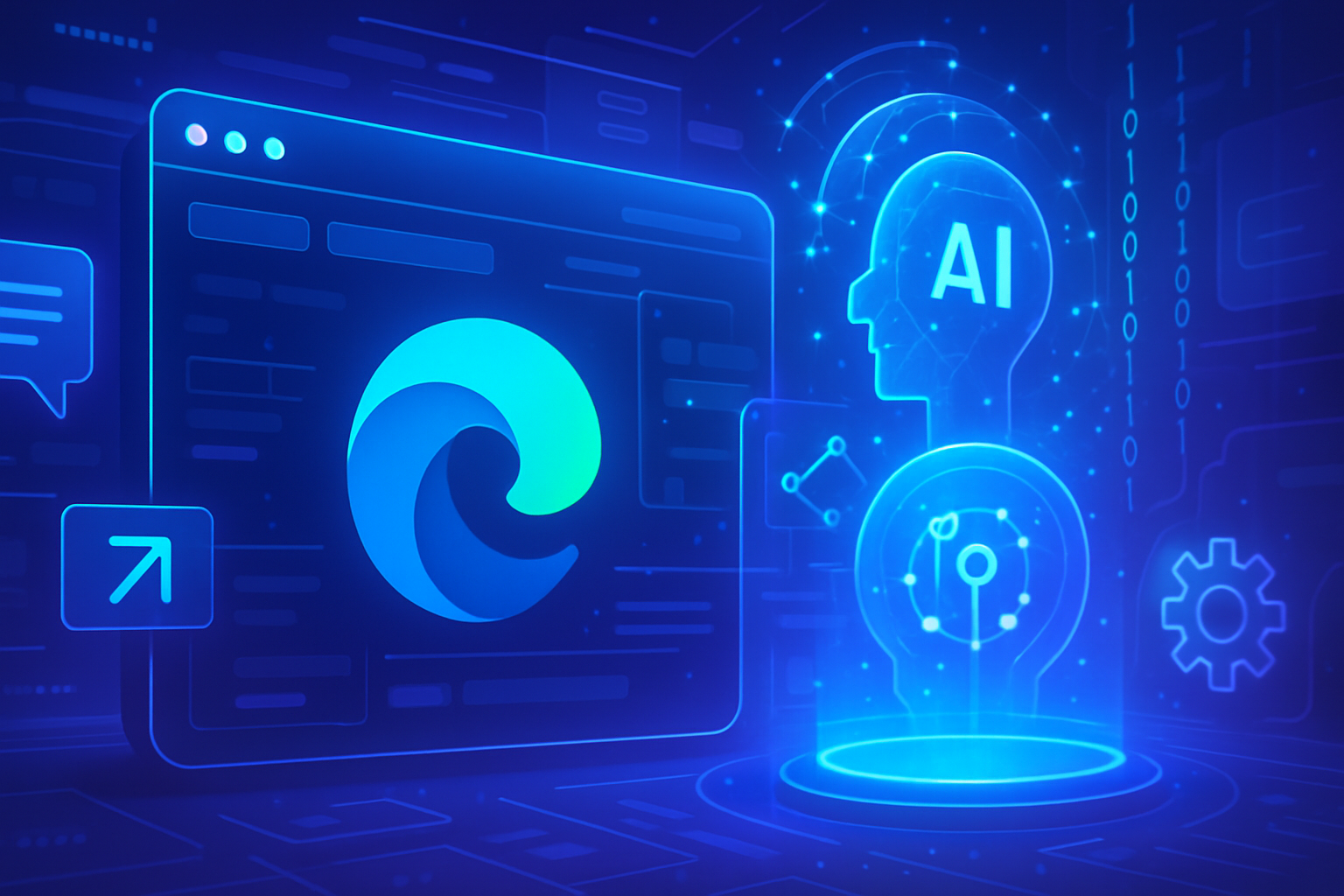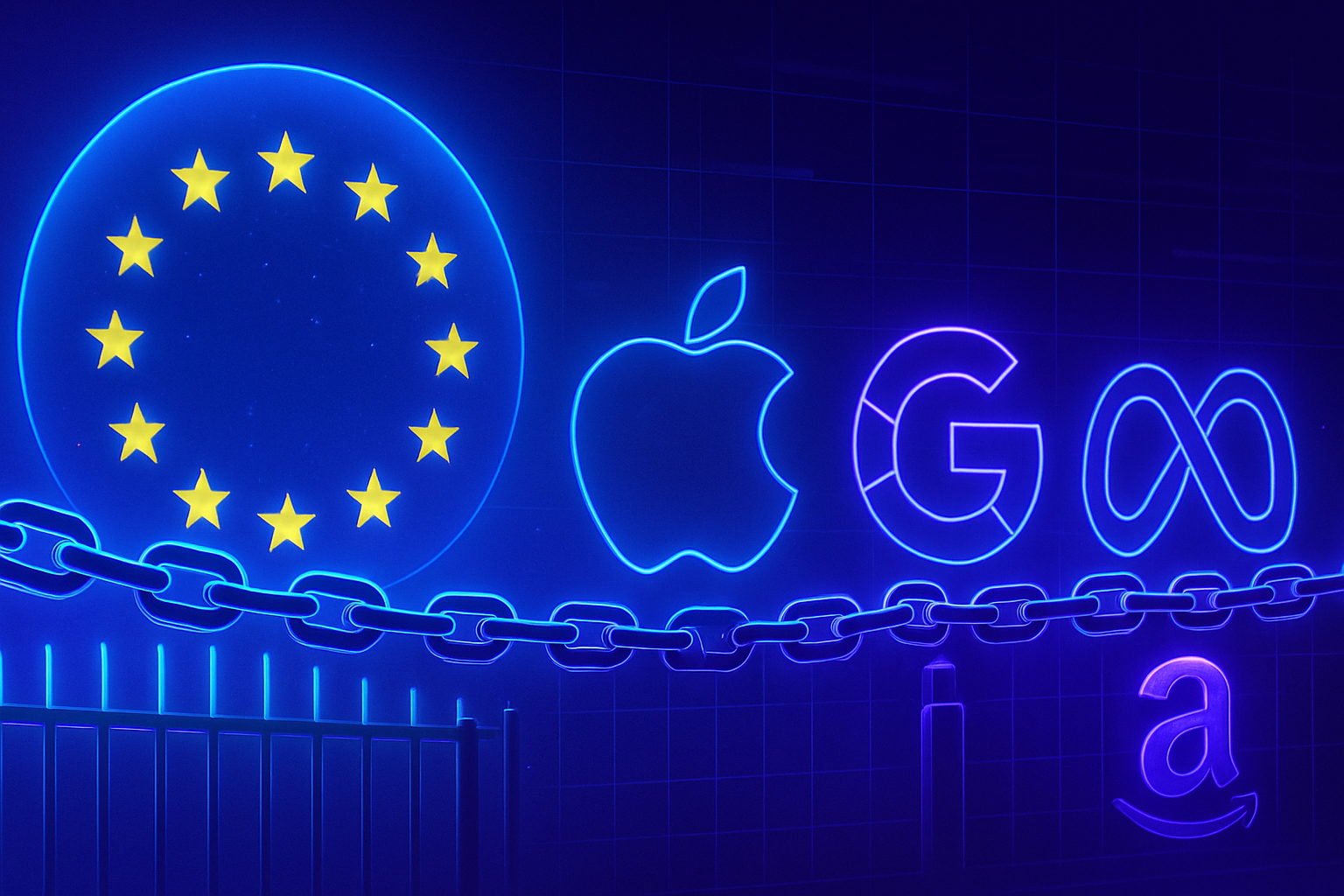Radical innovation defines Huawei’s journey in the development of autonomous AI. These systems transcend mere execution of orders to incorporate autonomous analysis and decision-making capabilities. The industrial stakes are being redefined, as companies demand solutions that optimize processes and<
strong>significantly reduce costs. Huawei is forging sophisticated infrastructures, allowing these intelligences to adapt and evolve. It is a technological revolution that reshapes the future of industrial operations.
Autonomous AI Systems in Industrial Settings
An agentic AI system developed by Huawei has demonstrated its effectiveness in a cement factory operated by the Conch Group. This system predicts the strength of the clinker with a precision exceeding 90%. Such performance has allowed for a reduction in calcination parameter translations, representing a 1% decrease in coal consumption. Decisions that once required decades of human expertise are now becoming automatic processes.
A Strategic Approach to Agentic AI
Huawei adopts a comprehensive strategy to design agentic AI systems. This framework engages AI-optimized infrastructures, foundational models, and specialized tools. During the Huawei Cloud AI Summit in Shanghai, leaders from the political, business, and technology sectors examined the practical applications of this technology across various fields such as finance and chemical manufacturing.
The distinction between traditional AI and agentic AI lies in their ability to operate autonomously. Agentic systems make decisions independently and adapt their responses to the changing needs of the business. This evolution represents a fundamental turning point in enterprise computing applications.
Addressing Infrastructure Challenges
The computational demands of agentic AI systems challenge traditional cloud architectures. In response, Huawei Cloud has introduced CloudMatrix384 supernodes. These nodes, interconnected by a high-speed MatrixLink network, allow for the creation of a flexible architecture that combines general and intelligent computing capabilities.
The design of this architecture targets the bottlenecks encountered by Mixture of Experts (MoE) models. Expert parallelism inference has significantly reduced NPU downtime during data transfers. Thanks to this approach, inference speed has improved by 4 to 5 times compared to competing models.
Foundational Models Tailored to Specific Sectors
Adapting foundational models to specific industrial needs has fostered the development of more advanced training methodologies. Huawei Cloud has developed a comprehensive data pipeline, integrating processes from collection to management. This incremental training workflow enhances model performance by 20 to 30% by automatically adjusting training data and parameters.
The intelligent evaluation platform allows for rapid alignment of systems with industry standards. This innovation meets crucial criteria in terms of both accuracy and speed.
Implementations in Real-World Contexts
Practical examples illustrate the effective use of AI within the industry. The Shaanxi Cultural Industry Investment Group collaborated with Huawei to optimize its cultural tourism operations. By integrating Huawei Cloud’s data-AI convergence platform, they created comprehensive datasets that encompass history and heritage.
This synergy has established a reliable national data space for the sector, facilitating applications ranging from asset verification to assistance in creative management. The Boguan cultural tourism model is a relevant illustration, offering AI-guided tools to enhance user experience.
An Adaptable Platform for Enterprise Agents
The differences between consumer-focused AI agents and enterprise agentic systems are based on integration requirements and operational complexity. Enterprise systems must seamlessly integrate with existing workflows, handle complex situations, and meet high operational standards.
Huawei Cloud’s Versatile platform fills this gap. It provides an infrastructure for businesses to develop agents tailored to their production needs. This platform combines AI computing, models, data platforms, and ecosystem capabilities, simplifying the development of agents from their deployment to their management.
Examples of Industrial Success
The implementation by the Conch Group in cement manufacturing offers measurable performance. In partnership with Huawei, they designed the first AI model for the cement industry. These agents predict clinker strength at 3 and 28 days, with a precision of less than 1 MPa. For calcination optimization, the model proposes key parameters that reduce coal usage according to energy efficiency standards.
This revolution has transformed quality control, production optimization, and equipment management. Xu Yue, assistant to the general manager of Conch Cement, reported a transition to a wholly data-driven approach.
Future Perspectives for Autonomous AI
The advancements presented at the summit illustrate a trend towards increasingly autonomous agentic AI systems. This evolution goes beyond demonstrating technological capabilities. The stakes shift towards operational integration challenges, establishing governance frameworks, and measurable outcomes.
Examples from cement manufacturing or cultural tourism show the practical value of these systems, targeting specific operational challenges. Each deployment offers tangible value when these systems address real issues rather than serving as generic automation tools.
Frequently Asked Questions about Huawei’s Development of Autonomous AI Systems
What are the key principles guiding Huawei’s development of autonomous AI systems?
Huawei focuses on a strategic approach encompassing AI infrastructure, foundational models, specialized tools, and acting platforms to create systems capable of independent planning, decision-making, and execution.
How does Huawei ensure the accuracy of decisions made by its autonomous AI systems?
Huawei’s autonomous AI systems, such as those used in cement factories, predict outcomes with over 90% accuracy by dynamically adjusting calcination parameters based on real-time data.
What specific technologies does Huawei use for these autonomous AI systems?
Huawei has developed CloudMatrix384 supernodes and a flexible hybrid architecture that combines general and intelligent computing capabilities, enabling better performance in executing complex models.
How do Huawei’s autonomous AI systems differ from traditional AI applications?
Unlike AI applications that only react to user commands, Huawei’s autonomous AI systems make decisions independently and adapt dynamically, changing how computing systems interact and allocate resources.
What challenges does Huawei face when implementing autonomous AI in industry?
Challenges include the need for robust infrastructures, sophisticated data engineering, and integration with existing business processes while ensuring optimal performance and measurable efficiency gains.
How does Huawei ensure the integration of its autonomous AI systems across different industries?
Huawei has established versatile platforms that allow businesses to create agents specifically tailored to their needs, integrating AI models, data, and tools to optimize development and management.
Which industries have already adopted Huawei’s autonomous AI systems?
Industries such as cement manufacturing, cultural tourism, and business travel management have integrated Huawei’s autonomous AI systems, realizing significant gains in efficiency, management, and decision-making.
What are the future perspectives for the autonomous AI systems developed by Huawei?
Autonomous AI systems will continue to evolve towards greater autonomy, targeting specific operational challenges and focusing on integrating outcomes into governance frameworks and measurable business results.
